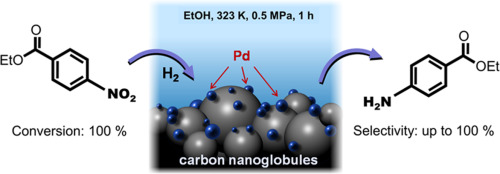Benefits of Titanium Nitride Coating for Cutting Tools
With the development of modern industry and science and technology, cutting tool materials have made great progress from carbon tool steel, high-speed steel, cemented carbide steel to composite materials. However, many cutting tools currently used generally have the problem of short service life, which affects production efficiency, mainly due to insufficient surface hardness and wear resistance.
Later, it was discovered that coating a layer of titanium nitride super hard film on the surface of high-speed steel or hard alloy steel tools has a peculiar effect on improving the performance of the tools. So, in this article, let's take a look at the benefits of titanium nitride coating for cutting tools.

Benefits of Titanium Nitride Coating for Cutting Tools
Titanium nitride is a fairly stable compound with excellent corrosion resistance and oxidation resistance. It has an attractive golden color, but its main application is not for decoration.
The hardness value of the titanium nitride coating is above 2500 Vickers hardness (HV). If the tool is coated with a titanium nitride coating of 3~5 microns, the tool can have higher wear resistance and heat resistance, which can greatly improve the cutting tool life and cutting efficiency.
For example, after the gear hob is coated with titanium nitride, its service life can be extended by 3 to 4 times, so the cutting speed can be increased when cutting gears, thereby reducing the processing time and cost.
The coating deposition process of titanium nitride is physical vapor deposition (PVD), which evaporates titanium under vacuum conditions and reacts with nitrogen to form a very hard composite film on the surface of the tool.
The most important feature of this machining process is that the temperature is only maintained at about 350°C during machining, so the inherent characteristics and dimensions of high-speed steel tools will not be affected.
Due to their excellent performance, titanium nitride coated tools were soon popularized and used in industrially developed countries and brought huge economic benefits to the machining industry.
Japan is one of the leaders in this field. Many Japanese tool companies can supply products containing titanium nitride coating. Some of them are sold to some European countries and the United States, and most of them have entered the Japanese domestic market.
Conclusion
Thank you for reading our article and we hope it can help you to have a better understanding of the benefits of titanium nitride coating for cutting tools. If you want to know more about the titanium nitride, we would like to advise you to visit Stanford Advanced Materials (SAM) for more information.
Stanford Advanced Materials (SAM) is a worldwide supplier of titanium products and has over two decades of experience in the manufacture and sale of titanium and titanium nitride. We offer high-quality titanium products to meet our customers' R&D and production needs. As such, we are confident that SAM will be your favorite titanium nitride supplier and business partner.



